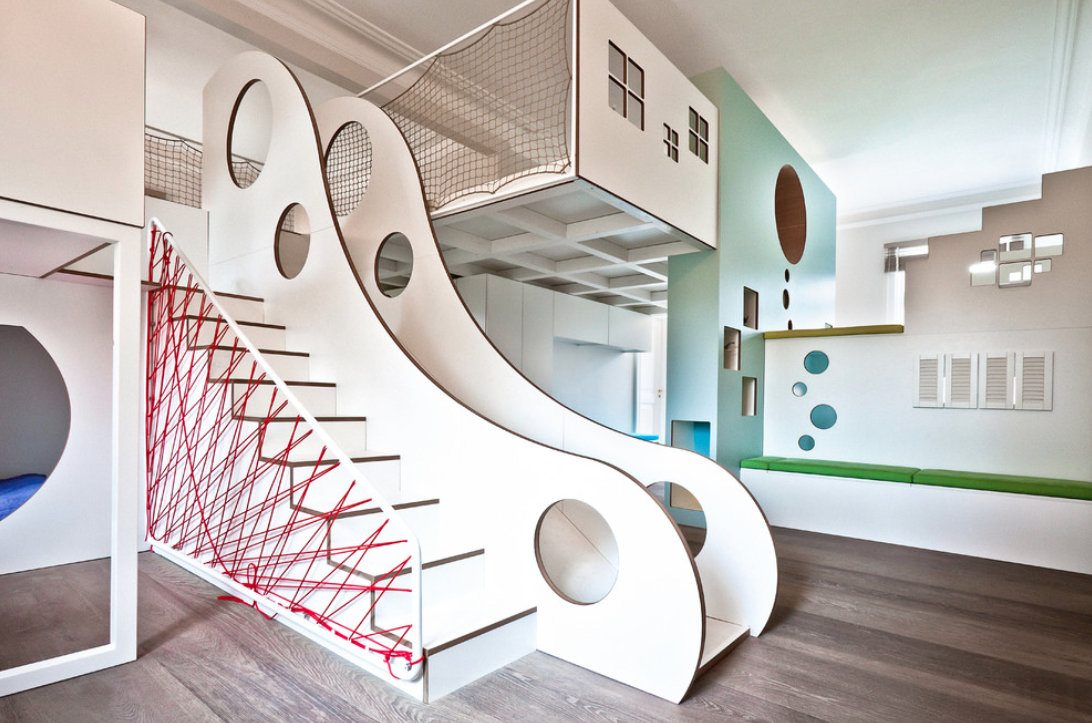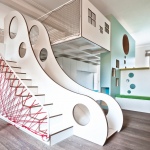Scott Doorley and Scott Witthoft’s book “Make Space” calls space “the body language of an organization”. The furniture, the walls, the amount of space attributed to various activities, the colors used, etc. all share something about an organization that it doesn’t share explicitly in its mission statement or ‘brand guidelines’ (if it has such a document). Just like humans, sometimes the body language matches the intended culture, and some times it does not. The question you should be asking yourself is, “Have we been intentional about our space?”.
Design-based organizations looking for breakthrough ideas should have spaces that match their goals of being innovative, collaborative, and creative. This means spaces that inspire learning, creativity, collaboration, and play. Many organizations such as Google, Pixar, the Stanford d.school all do this well, and as a result, their inhabitants are inspired and supported in doing their best work.
We can find inspiration beyond the offices of other companies, however. Houzz’s recent 16 homes that encourage play provide us some additional clues toward what makes for a creative inspiring space.
As you peruse these luxurious homes, consider how the spaces incorporate the following 3 attributes…
Risk– How do these spaces encourage risk taking? Risk can take many forms…physical, social, emotional. Supporting people in one type of risk (e.g. letting them skateboard indoors), conveys the message of “it’s ok to try stuff here, we got your back”, and can encourage other types of risk taking (e.g. putting forth wild ideas in a brainstorm) that lead to groundbreaking innovation.
Customizability– How do these spaces allow inhabitants to make the space their own? Ownership is essential for encouraging innovation. A reactive culture of individuals will never create a great future because they are constantly waiting for the boss to tell them what to do. By contrast, letting people decide things like where to put their chairs, how to arrange the room for a meeting, where will be the most productive place for them to sit, etc. encourages responsibility and trust that they will make the right decision. If you want your employees to do great things for you, let them practice designing their space on a daily basis.
Color– What do you notice about color choices in these spaces? Saturation! Bright, bold color choices make the space feel fun and alive. Isn’t that how you want your employees to be? Enough said.
How might you design your space to promote risk taking? …to encourage ownership? …to encourage learning and play?

